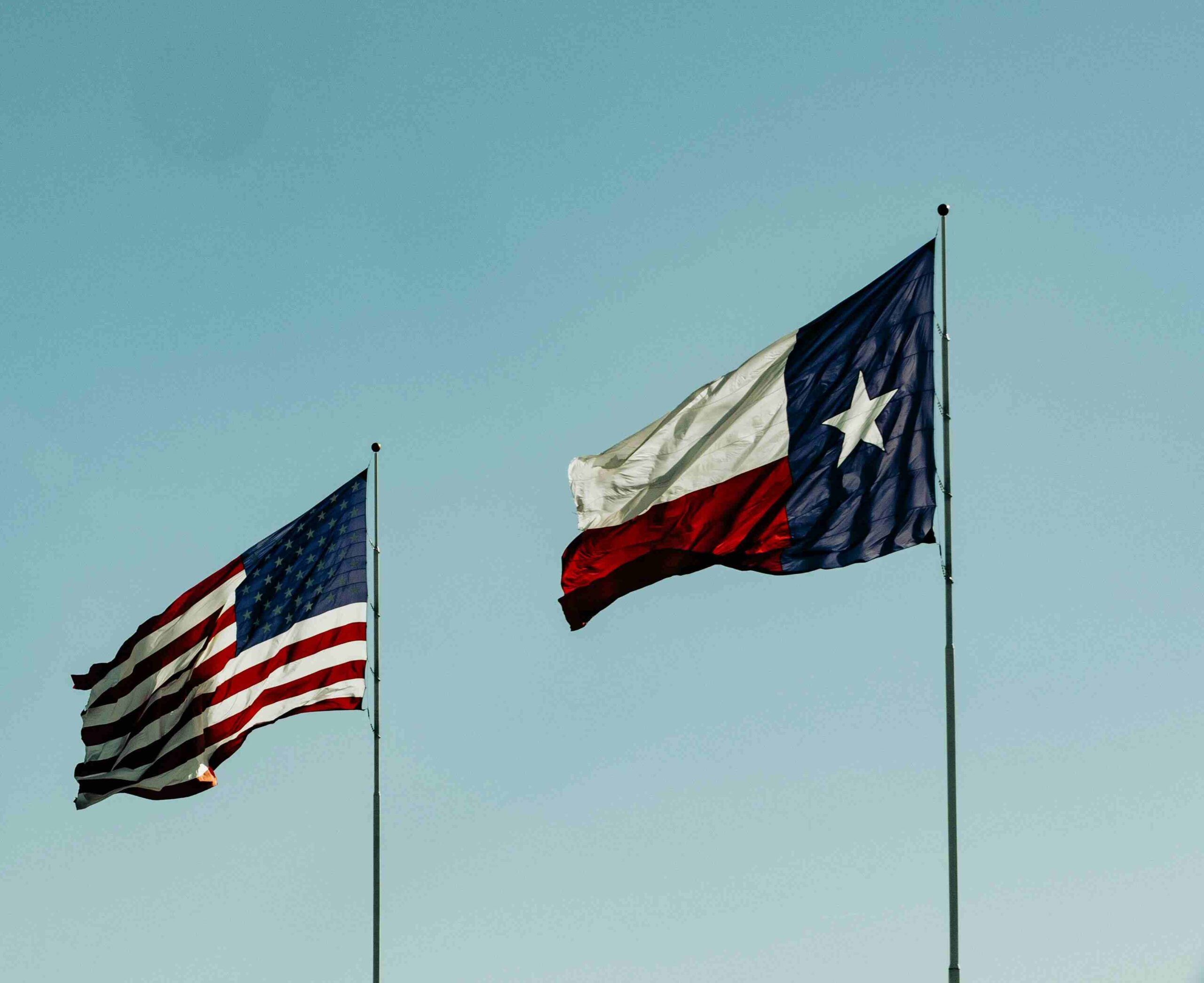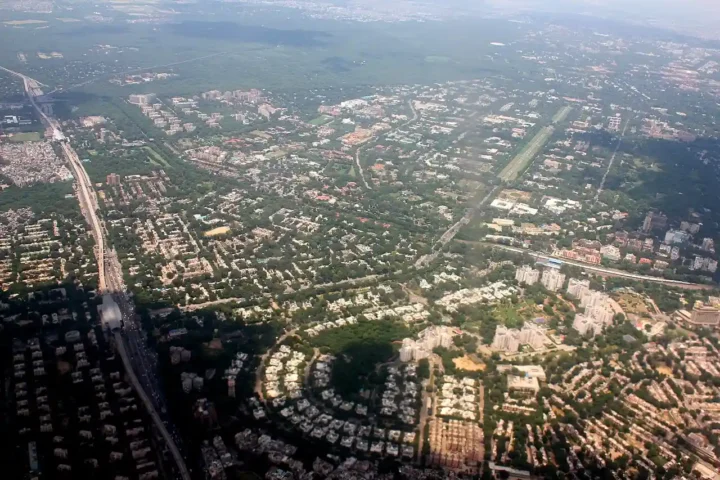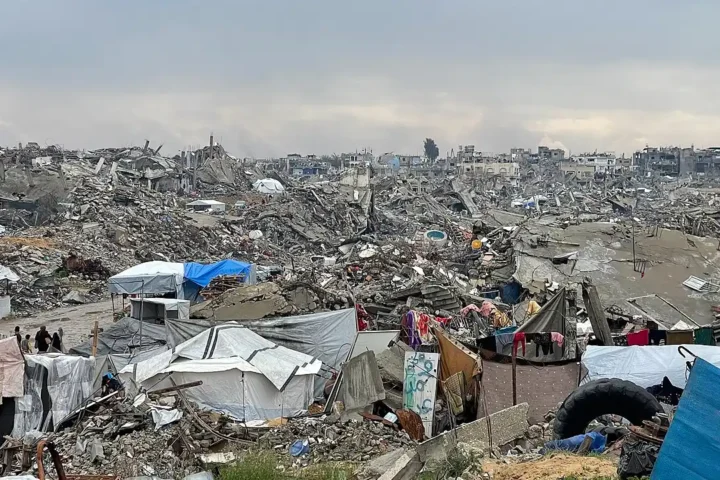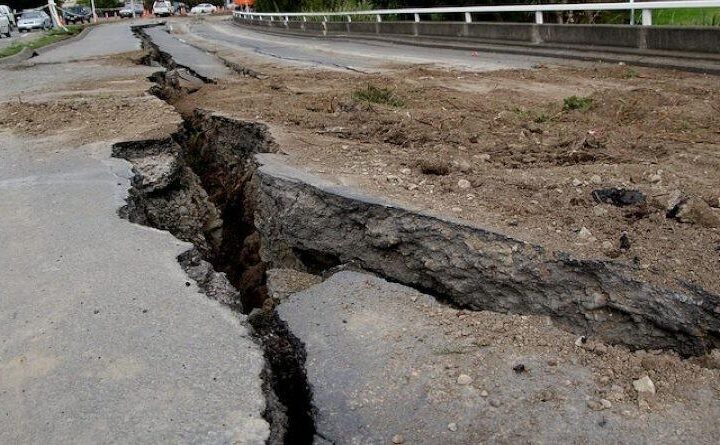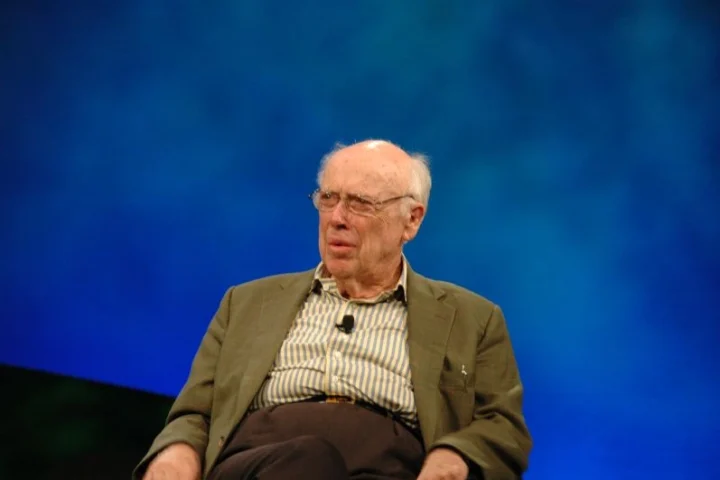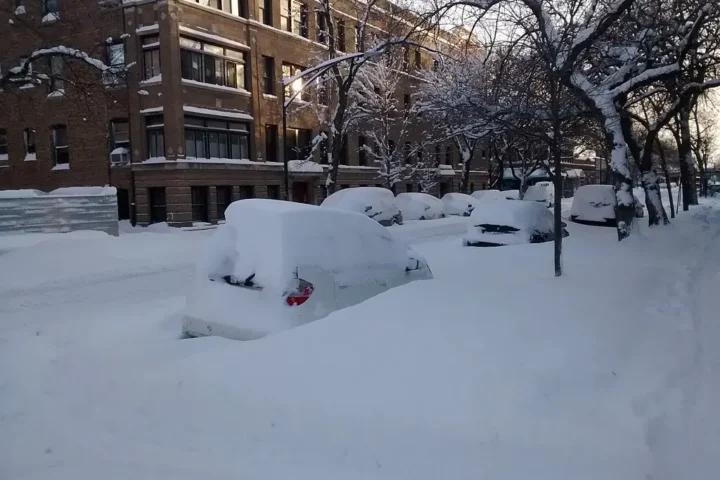The U.S. Environmental Protection Agency (EPA) announced on Monday a proposal to give Texas authority the permit to oversee carbon dioxide (CO2) injection wells. This move would allow Texas to manage the approval process for projects that store carbon emissions underground, a critical technology in the fight against climate change.
“EPA is taking a key step to support cooperative federalism by proposing to approve Texas to permit Class VI wells in the state,” said EPA Administrator Lee Zeldin. It was emphasized that Texas is best positioned to protect its drinking water while enabling lucrative CO2 injection projects to proceed.
What is CO2 Injection?
Carbon capture and storage (CCS) is a three-step process that helps reduce greenhouse gas emissions. First, carbon dioxide is captured from power plants or industrial facilities like cement factories. Next, the CO2 is compressed and transported through pipelines or ships. Finally, it’s injected deep underground into geological formations like depleted oil reservoirs or saline aquifers where it can be stored permanently.
These special wells, classified as ‘Class VI’ wells by the EPA, are specifically designed for the long-term storage of CO2.
Why Texas Wanted This Authority
The Texas Railroad Commission (RRC), which regulates the state’s oil and gas industry, has sought this “primacy” for years. The term refers to a state’s primary enforcement authority over these permits.
Currently, companies wanting to build carbon storage projects in Texas must get permits from both the EPA and the Texas Railroad Commission – a time-consuming process that can take years. With primacy, Texas could streamline this process, potentially reducing permit approval times from years to months.
This matters because Texas, as the largest carbon emitter in the U.S. (accounting for about 14% of national emissions), has both enormous potential for carbon storage and a growing interest in developing these projects. The state also has vast expertise in deep underground drilling from its oil and gas industry that translates well into carbon storage operations.
A significant step toward Texas gaining primacy came on April 29, 2025, when the EPA and the Texas Railroad Commission signed a memorandum of agreement outlining how the state would administer the Class VI program.
Similar Posts
Other States with Primacy
If approved, Texas would join four other states that have already received Class VI primacy:
- North Dakota (approved in 2018)
- Wyoming (approved in 2020)
- Louisiana (approved in 2023)
- West Virginia (approved in 2025)
North Dakota was the first state to gain primacy and has demonstrated how state-run programs can move faster than federal ones. The state approved a carbon storage permit in just eight months, while the federal process has typically taken three to six years.
Benefits and Concerns
Supporters of the proposal point to multiple benefits. The technology would help reduce greenhouse gas emissions while creating jobs in engineering, construction, and operations. The federal tax credits expanded under the Inflation Reduction Act have made these projects more financially viable.
Oil companies with expertise in deep underground drilling see opportunities to expand their businesses through carbon sequestration. For industries with voluntary emission reduction targets, storing their CO2 emissions underground can help reduce their carbon footprint.
However, the proposal has raised concerns among some landowners and environmental groups. They worry that pumping CO2 into the ground could contaminate groundwater, trigger earthquakes, or cause blowouts from old oil wells, particularly in the geologically active Permian Basin. Some critics are concerned that state oversight might be less stringent than federal regulation.
What Happens Next
The EPA’s proposal is now open for a 45-day public comment period. If approved, companies would need to apply only to the Texas Railroad Commission for permits rather than going through both state and federal agencies.

This development comes at a critical time when federal permitting backlogs have slowed down carbon capture projects nationwide. The EPA currently has 179 wells across 63 projects under review, according to recent data.
As climate goals have become more ambitious in both public and private sectors, interest in carbon capture and storage has grown substantially. Texas’ move towards gaining control over this permitting process reflects the state’s position at the forefront of energy transition efforts, balancing its traditional fossil fuel industry with emerging clean energy technologies.
